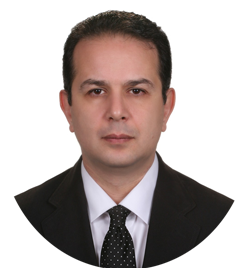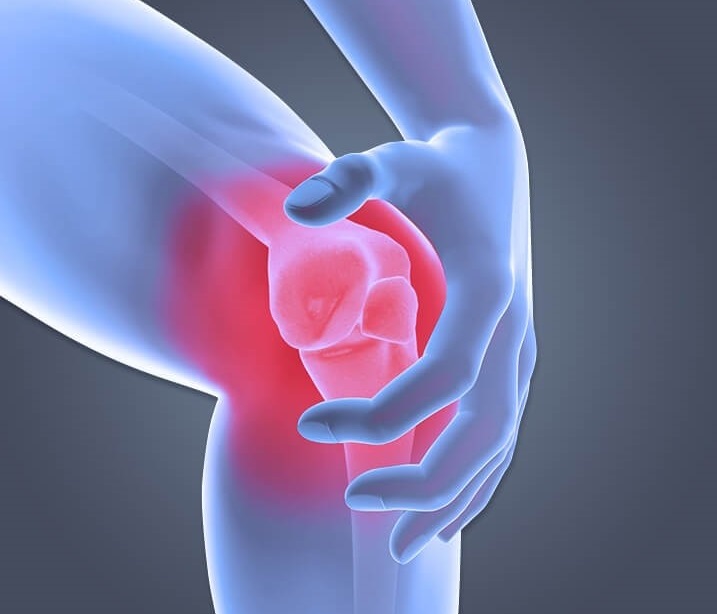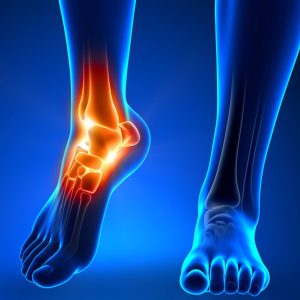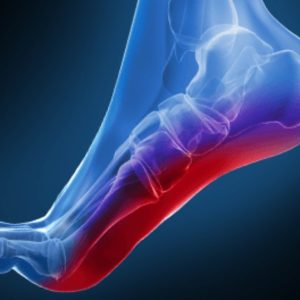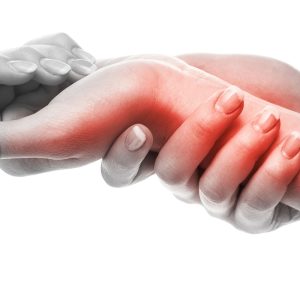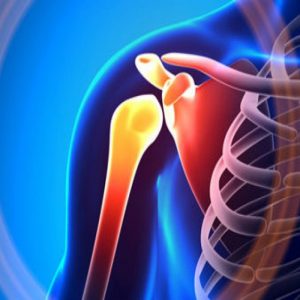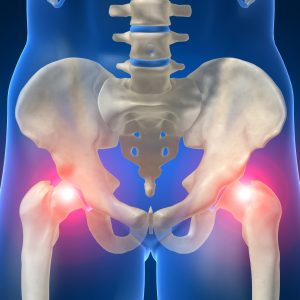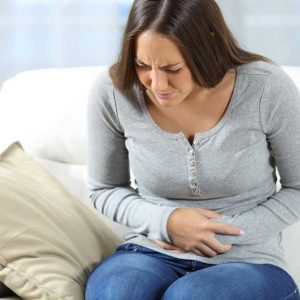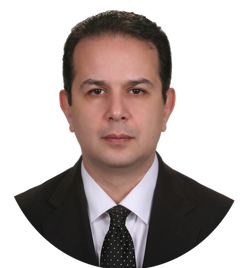Knee pain is a common problem that occurs in any of the bony structures of the knee, including the knee joint (Femur, Tibia), patella or ligaments and cartilage of the knee. Most knee problems respond well to conservative treatments and do not require surgery.
تیترهای مهم این مقاله
Causes of Knee Pain
Knee osteoarthritis : In synovial joint at the end of the bone in is a layer of cartilage that facilitates movement . Osteoarthritis destroys cartilage and changes the underlying bone tissue and forms bone fractures that occasionally separate and float, ultimately reducing articular space, angle, pain and swelling.
Meniscus Tear: The meniscus is a C-shaped elastic cartilage that protects the knee at the inner and outer surfaces and is bumpy and provides joint stability. Knee meniscus rupture is usually the result of bending or twisting of the knee in athletes as well as with age.
Patellar tendon injury: Attaches to the quadriceps. This tendon is approximately 2 cm wide and has the function of strengthening the leg with the quadriceps. The main symptoms of injury to this tendon are frontal knee pain. Frequent exercise activities such as kicking and jumping put a great deal of pressure on this tendon, leading to inflammation, very small ruptures and pain in the knee.
Signs
Symptoms of knee problems often develop slowly and increase over time. Signs and symptoms include
- Pain : Pain in the joint or in motion, depending on the location of the injury.
- Stiffness : Stiffness is severe when waking up in the morning.
- Inflammation : The joint develops inflammation.
- Decreased Flexion : The range of motion of the joint is limited.
- Knee lock : Lock in the middle of knee movement.
- Crepitation : The feeling of wear when moving.
Diagnosis :
Early detection of knee problems can prevent injury from progressing. Diagnosis includes a history, physical examination, tests and imaging, including simple x-ray and MRI examination.
Treatment :
Medications are used to relieve symptoms in the acute phase, including anti-inflammatory painkillers and chondrogenic compounds.
Non-invasive treatments
Physiotherapy: In physiotherapy a combination of passive techniques and exercises is used to strengthen muscular structure and corrective movements. Passive therapeutic modalities such as ice / heat, ultrasound, and electrical stimulation reduce muscle soreness and cramps. The patient learns with the help of specific exercises to increase flexibility and range of motion and to increase the strength of the muscles that support the knee. Patients should not worry about switching to this treatment, even patients with pain and movement problems benefit from isometric exercises.
Knee support: Using a brace in the early stages reduces pressure on the knee, which greatly reduces pain and symptoms.
Insoles and medical shoes: Special insoles are useful for knee alignment and function and may be prescribed by a physician. Wearing the right shoes is very important in the treatment of this disease.
Manual massage and manipulation: The basis of these techniques performed by hand also strengthens the muscular structure of the tissues around the knee.
High Power Laser: Using high power pulse laser will increase cellular energy and repair damaged tissues and partially prevent progression.
Interventional treatment :
Interventional procedures are performed by a pain specialist under the guidance of X-ray (fluoroscopy) or ultrasound in the operating room, including:
Gel injection : The articular fluid contains hyaluronic acid, which makes this fluid firm and viscous. In knee problems, hyaluronic acid production decreases and its concentration in the articular fluid decreases. This results in the production of a thinner fluid that is less capable of lubricating the joint and absorbing impact, so intra-articular injection of hyalgan gel will compensate for this problem.
Ozone Injection : The method of treating knee pain caused by osteoarthritis using ozone injections is useful and effective for a variety of knee problems. In cases of knee injuries, such as knee osteoarthritis, this treatment improves blood flow to the injured tissue, thereby accelerating healing by providing nutrients to the tissue. In this way, ozone is injected with 25 micrograms of damaged knee tissue, eliminating pain and swelling and stimulating fibrous deposits, causing cells to heal damaged tissue.Ozone injections should be repeated once every 2 to 3 weeks, with patients receiving one to two treatment sessions to achieve desired outcomes (pain relief and swelling relief).
PRP Injection : Injection of PRP or platelet-rich plasma is one of the effective treatments in the treatment of knee osteoarthritis. In this method, concentrated platelets containing cell growth factors are prepared and injected, which prevents tissue destruction and healing in the articulated media. This procedure has no side effects as platelet-rich plasma is taken from the patient’s own blood.
Orthokin injection : In orthokine therapy, the blood is taken from the patient and its serum is refined, which contains an interleukin-1 antagonist, reducing pain and inflammation of the damaged tissue and repairing it.
Prolotherapy : The combination of hypertonic glucose with concentrations of 12.5% or higher is used to repair damaged tissue with repeated injections.
Radiofrequency : Pulse-mode radiofrequency is used to repair intra-articular problems as well as to modulate the neuronal message of pain in the nerves of the knee, etc.



